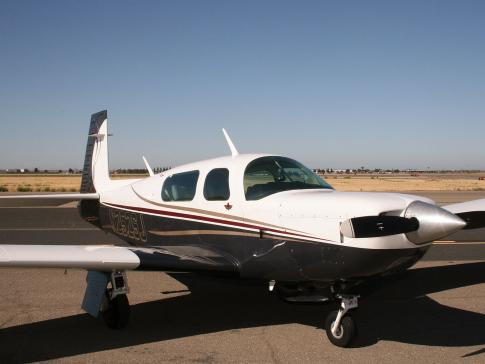
Free Shipping Available. Very High Frequency (VHF) Omni-Directional Range (VOR) is a type of short-range radio navigation system for aircraft, enabling aircraft with a receiving unit to determine its position and stay on course by receiving radio signals transmitted by a network of fixed ground radio beacons. Are you reffering to LOCALIZER ? VOR/LOC - What does VOR/LOC stand for?

LOC is a part of the ILS, is used mainly for landing or approache fixes and holding patterns. Cobham has a wide range of traditional Very High-Frequency Omnidirectional Range ( VOR ), Localiser ( LOC ) and Glide Slope (GS) antennas for airborne navigation. A selection of the product range is listed below.
One question:I always refer back to the manual when doing a flight in the NGX because. Then, as you capture it (pink diamond on bottom of the screen) you shoul. I understand that practically, the LOC is much more sensitive and is not radial specific like a VOR.

An instrument landing system localizer, or simply localizer ( LOC ), is a system of horizontal guidance in the instrument landing system, which is used to guide aircraft along the axis of the runway. Each radio station or system shall be classified by the service in which it operates permanently or temporarily. As you have noticed the diverence is always 1degrees. This comes when you draw the course/heading line you are flying too and through the vor beacon. Whilst in LOC CAP the GS *MUST NOT* capture.
It is a throw-back to the old days where systems could capture the glide without the localizer first. Modern systems are inhibited from doing this for the reason Martin stated. LOC can also be used when the glide slope is out, flying a LOC only approach, or for when you wish to manually fly the glide.

A detailed and extensive tutorial showing you how to perform a VOR/DME approach using the PMDG Boeing 737NG! Using examples of Graz Airport, Austria and Dubrovnik, Croatia, we examine a rather.
Žádné komentáře:
Okomentovat
Poznámka: Komentáře mohou přidávat pouze členové tohoto blogu.